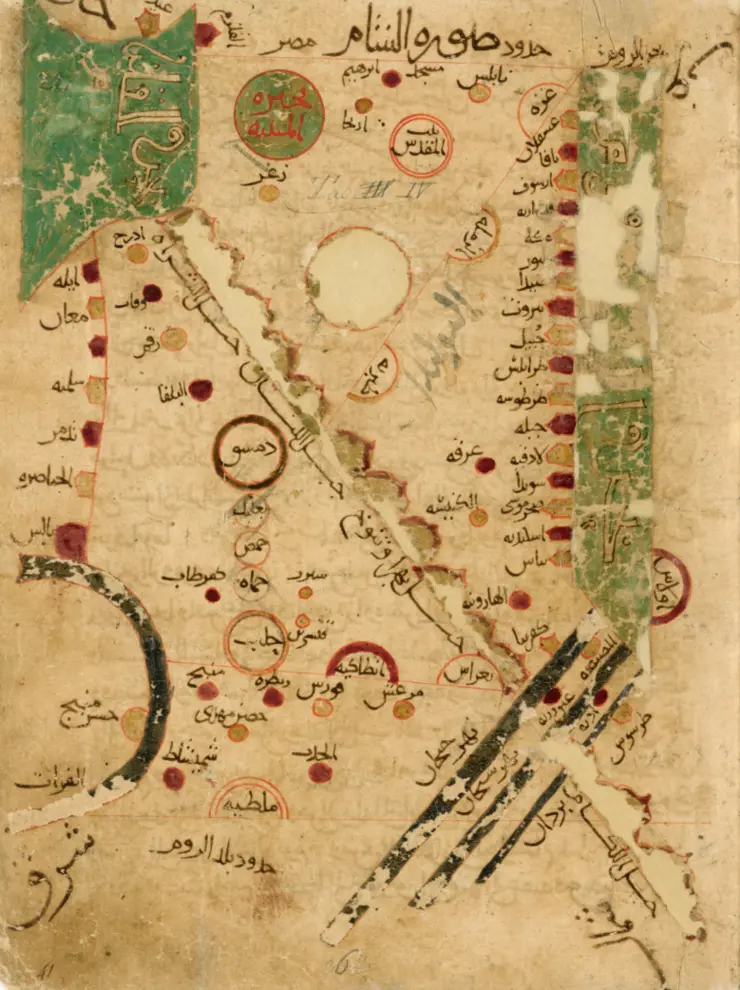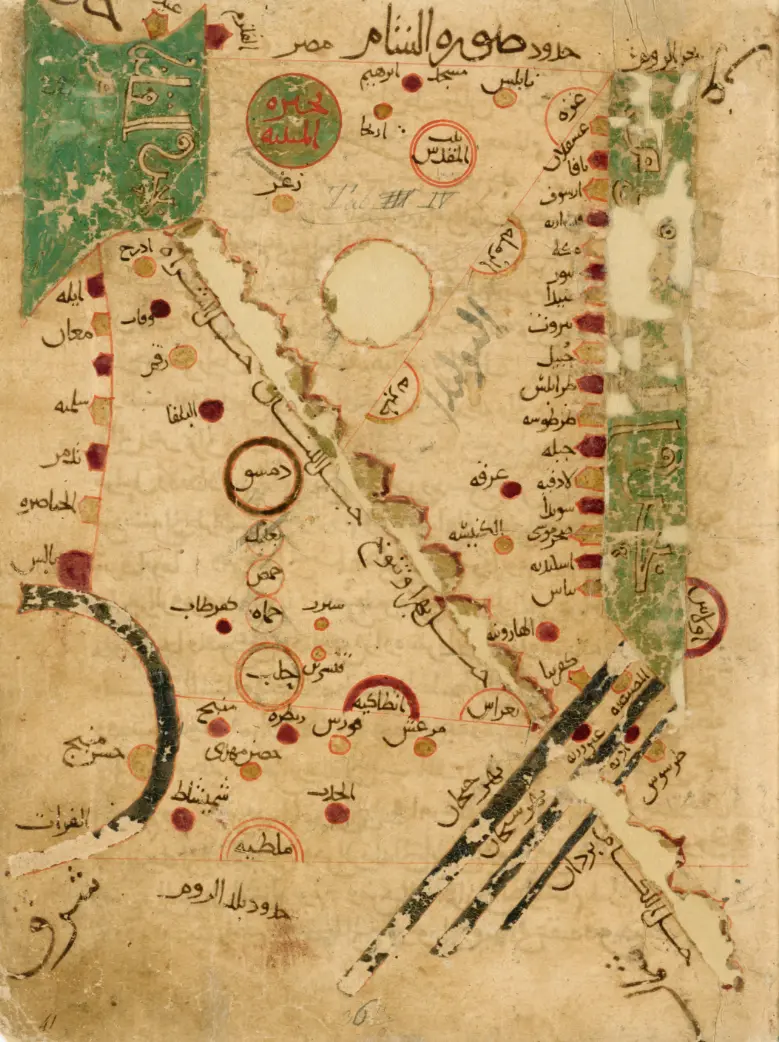UNESCO World Documentary Heritage: An Arabic manuscript
The Arabic manuscript Kitāb al-Aqālīm/al-Masālik wa-l-Mamālik by the Islamic scholar Abū Isḥāq Ibrāhīm b. Muḥammad al-Fārisī al-Karkhī al-Iṣṭakhrī (d. 951 AD) was declared a World Documentary Heritage Site by the UNESCO in October 2015 in the framework of the Memory of the World (MOW) programme.
With the inclusion of the manuscript in the UNESCO World Register, the Gotha Research Library is being recognised for its efforts to preserve cultural heritage of exceptional value from being forgotten and destroyed. The library supports the UNESCO programme by providing worldwide access to this culturally significant and historically important document.
In the tenth century, Islamic scholars and travellers wrote a series of geographical works that established a new genre within Arabic scholarship known as al-Masālik wa-l-Mamālik. The descriptions were no longer limited to mere presentations of postal routes and the physical characteristics of the respective countries, but also included climatic peculiarities and information about cities, trade, customs and language.
Probably the oldest extant mapped work can be traced to the geographer Abū Isḥāq Ibrāhīm b. Muḥammad al-Fārisī al-Karkhī al-Iṣṭakhrī, who largely quoted, commented on and corrected Abū Zayd Aḥmad b. Sahl al-Balkhī’s (934) lost work Ṣuwar al-Aqālīm. Al-Iṣṭakhrī wrote his geographical description al-Masālik wa-l-Mamālik in the first half of the 10th century. Countless copies and translations into Persian and Ottoman Turkish have been made of the work. It is characterised by 21 maps with sketches of the Islamic Empire of the tenth century. Among them are a map of the world, three illustrations of the Mediterranean, the Indian Ocean and the Caspian Sea, as well as 17 maps of the regions of present-day Morocco, Egypt, Syria, Iraq, some Persian provinces, Armenia, Azerbaijan and Transoxania. Particular attention is paid to the extensive description of the Persian provinces and Transoxania. This is due to the origins of al-Balkhī and al-Iṣṭakhrī, on the one hand, and to the patronage of the Persian-born Samanid rulers, on the other hand.
In 1807, the explorer Ulrich Jasper Seetzen acquired a copy of this important manuscript in Cairo for his patrons, the Dukes of Saxe-Gotha-Altenburg, Ernest II (1745–1804) and August (1772–1822). This manuscript is a copy dated to 569/1173 and bearing the title Kitāb al-Aqālīm, which is a reference to al-Balkhī's work Ṣuwar al-Aqālīm.
The Arabic manuscript is part of the Gotha Research Library’s extensive collection of oriental manuscripts.
Complete digital copy of the manuscript in the Erfurt/Gotha Digital Historical Library.
Description of the manuscript in the Database of oriental manuscripts of the Gotha Research Library.






